The Temple Mount or Mount Moriah or also known as The Nobel Sanctuary by Muslims is significant to Jews, Christians and Muslims. It is a place where great prophets had walked upon to bring just to the world. Yet bloody battles were fought just to win this piece of sacred ground. The conflict is still on-going and looks like it will be for thousand of years to come. It has gone through many transformations through out the centuries. It is impossible to imagine how it will look like in the third millennium.
In Palestine 3000 A.D. I visualize the Temple Mount is the only structure that survives the catastrophic war 500 years prior. What is left is al-Aqsa and the Dome of the Rock standing over a decayed ground. Some may disagree with my perspective but it is a fiction that need not to be rationalized. It is just my expression. The Temple Mount will be used as a backdrop in the scene where the caravan of slaves enter New Jerusalem.
Backdrops are important in movies so as in graphic novels. It place the characters in a proper environment to add mood to the story. Blank backgrounds may be an easy and quick way to churn a graphic novel but it may end up like a newspaper cartoon strip. Palestine 3000 A.D. is not one of those.
For the backdrop of New Jerusalem I used a reference from a painting shown above by an artist David Roberts that was painted in 1839. I wanted a different view of the Temple Mount compared to what is commonly seen today. The southern view is the best angle to show al-Aqsa and the Dome of the Rock in close proximity. Though I have a 3D model of the Temple Mount from Google Earth but not all of my works use a 3d reference especially if there is no need for it.
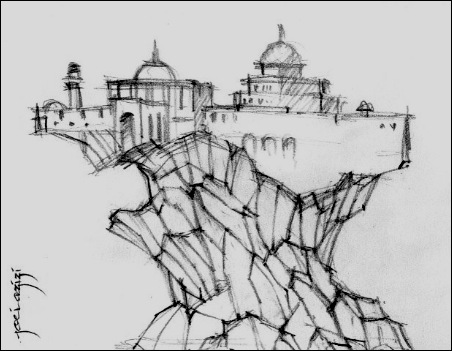 This is a quick pencil sketch I did which I focused more on the decayed ground. I used many references from photos of cliffs and canyons for the rock texture while retaining the flow that I wanted. As for the building structures I make it more stylize to fit the whole design balance. The hole on the ground is meant to portray a screaming or a crying expression. It is a sign of my own displeasure against any kind of excavation works under the holy site.
This is a quick pencil sketch I did which I focused more on the decayed ground. I used many references from photos of cliffs and canyons for the rock texture while retaining the flow that I wanted. As for the building structures I make it more stylize to fit the whole design balance. The hole on the ground is meant to portray a screaming or a crying expression. It is a sign of my own displeasure against any kind of excavation works under the holy site.
The pencil sketch was then imported into Manga Studio EX to be traced over with blue lines. The perspective and rulers tools help to make perspective drawing much easier compared to the traditional method. The snap to the perspective and ruler tools though may sound digital but it still allow the artist to retain the traditional strokes. It really help when you are drawing with a Wacom tablet where accuracy can be difficult to achieve because you are not drawing directly on the screen unlike using the Cintiq.
The shadow areas were indicated on a different layer. But it is just a guide because I always do some changes when I render the real shadows. A mask area was added using the outline of the drawing. This was done to make it easier to insert a background on the bottom layer. This is not part of Manga Studio EX features but it is a practice of cel animators while working in a digital format for an easier composition.
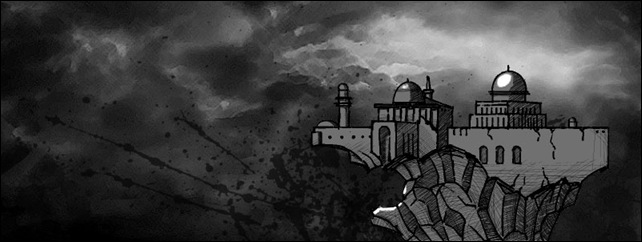 The sky background was added using a previous work that I have done. With a bit of Photoshop filter it blends nicely with the foreground. Most of the sky backgrounds will be like this for Palestine 3000 A.D. It is dark and gloomy. It is a depressing environment that I hope I will never experience in my lifetime.The splatter brush stroke was added to add to the rage.
The sky background was added using a previous work that I have done. With a bit of Photoshop filter it blends nicely with the foreground. Most of the sky backgrounds will be like this for Palestine 3000 A.D. It is dark and gloomy. It is a depressing environment that I hope I will never experience in my lifetime.The splatter brush stroke was added to add to the rage.
The final drawing is used for the Palestine 3000 A.D. blog header and also the header for the welcome page at Facebook. The layout will probably be different for the graphic novel. But the expressions that I have mention will still remain.
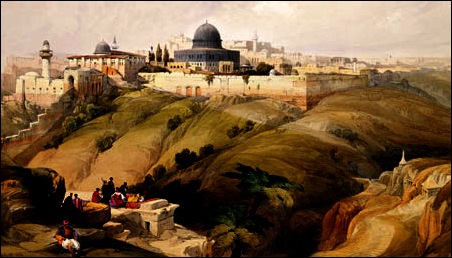

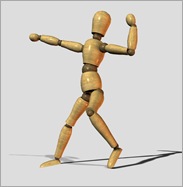
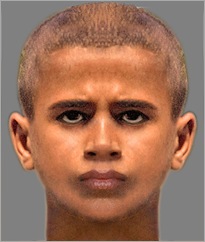
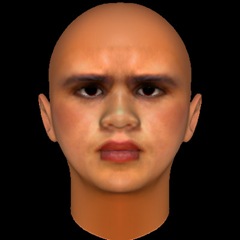
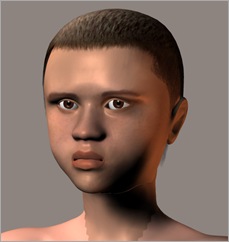
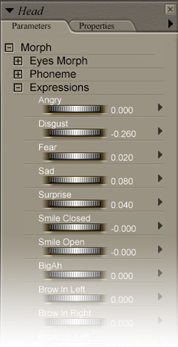
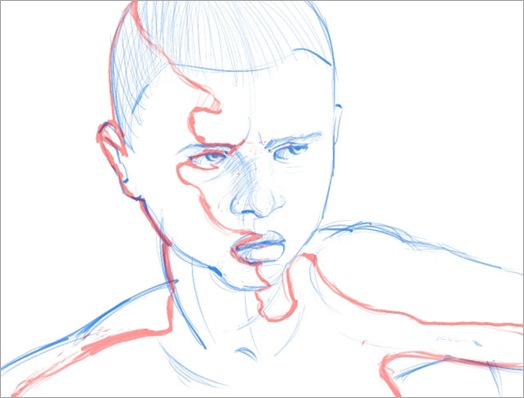
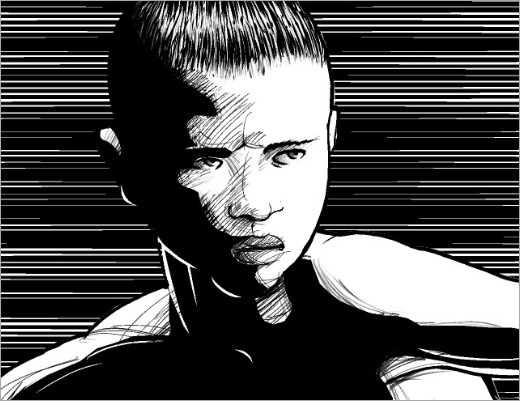 I prefer to make the good guys to look more human while the villains are more stylized or caricaturized so that we could connect easily with the good guys as humans. While the Zionist villains have more off-human features. People who acted inhumanely do not deserve human features. In Palestine 3000 A.D. I am the one that decides who is the hero. For the millions who wait the hero will surely come.
I prefer to make the good guys to look more human while the villains are more stylized or caricaturized so that we could connect easily with the good guys as humans. While the Zionist villains have more off-human features. People who acted inhumanely do not deserve human features. In Palestine 3000 A.D. I am the one that decides who is the hero. For the millions who wait the hero will surely come.